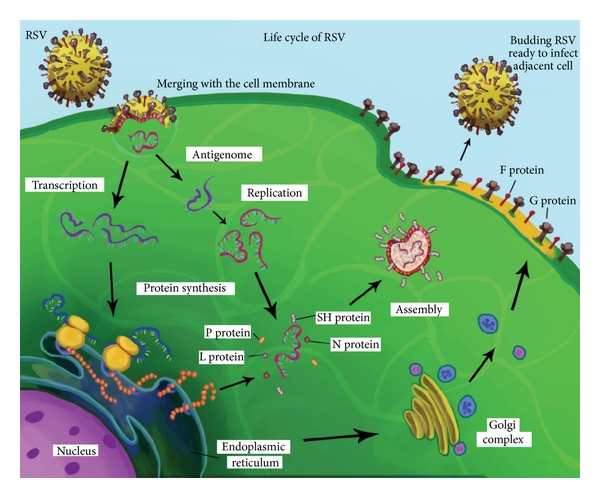According to the American Heart Association, during the winter of 2020-2021, due to COVID-19 precautions and mask requirements, government restrictions on large gatherings and social distancing, reported flu cases sank to levels so low that the Centers for Disease Control and Prevention stopped measuring influenza infections.
Throughout 2021, flu infection rates remained low as most Americans reduced exposure to COVID- 19 while waiting to get their vaccinations or their boosters. Other diseases spread by human contact and generally experienced at low levels throughout the year also saw reduced spread, but that also led to reduced immunity in the general population as these viruses continued to mutate. Now, at the end of 2022, as most Americans have returned to pre-pandemic norms, world travel has been restored and more people in industrialized economies have decided to “catch up” on missed travel from the previous two years, viruses normally kept in check are flaring up with a vengeance.
Flu, respiratory syncytial virus and various strains of COVID-19 are all spiking this winter. The three viruses are unrelated, so developing immunity to or getting a vaccine for one or two won’t protect you from the others.
RSV causes cold-like symptoms but can be serious for infants and older adults, according to the AHA. Influenza is predicted to be particularly bad this winter.
Writing from personal experience, the 2022-2023 flu season is here, and it’s unpleasant. I’m back at work after taking a day off last week, but I spent the weekend with my wife taking care of our three sick children, all three of whom just got over confirmed bouts of RSV. Staying up with two infant twins both coughing and wheezing is nerve-wracking. I’m terrible when I’m sick, so I can confidently say that my wife is a saint.
According to the CDC, people infected with RSV usually show symptoms within 4 to 6 days of becoming infected. Symptoms of RSV infection usually include runny nose, a decrease in appetite, coughing, sneezing, fever and wheezing. These symptoms usually appear in stages rather than all at once. In very young infants with RSV, the only symptoms may be irritability, decreased activity and breathing difficulties.

Courtesy Swapnil Subhash Bawage, Pooja Munnilal Tiwari, Shreekumar Pillai, Vida Dennis, and Shree Ram Singh
Most RSV infections go away on their own in a week or two. There is no specific treatment for RSV infection, though researchers are working to develop vaccines and antivirals.
Almost all children will have had an RSV infection by their second birthday. Because of COVID-19 pandemic restrictions, many children did not catch RSV in 2020 and 2021, so it is hitting children and toddlers particularly hard this season.
Influenza can cause mild to severe illness, and at times can lead to death. Flu symptoms usually come on suddenly. People who have flu often experience a cough, sore throat, runny or stuffy nose, muscle or body aches, headaches and fatigue. Some people may have fever or feeling feverish, chills. Vomiting and diarrhea is more common in children than adults.
Courtesy Hi Eun Jung and Heung Kyu Lee
People report a wide range of COVID-19 symptoms that may appear two to 14 days after exposure. Possible symptoms include fever or chills, cough, shortness of breath or difficulty breathing, fatigue, muscle or body aches, headache, impaired cognition, loss of taste or smell, sore throat, congestion or runny nose, nausea or vomiting and diarrhea.
The CDC offers tips to protect yourself and others from these viruses and help stop the spread of other germs:
- Avoid close contact with people who are sick. When you are sick, keep your distance from others to protect them from getting sick too.
- If possible, stay home from work, school and errands when you are sick. This will help prevent spreading your illness to others.
- Cover your mouth and nose with a tissue when coughing or sneezing. It may prevent those around you from getting sick. Flu viruses are spread mainly by droplets made when people with flu cough, sneeze or talk.
- Washing your hands often will help protect you against germs. If soap and water are not available, use an alcohol-based hand rub.
- Germs can be spread when a person touches something that is contaminated with germs and then touches his or her eyes, nose or mouth.
- Clean and disinfect frequently-touched surfaces at home, work or school, especially when someone is ill. Get plenty of sleep, be physically active, manage your stress, drink plenty of fluids and eat nutritious food.
Christopher Fox Graham
Managing Editor